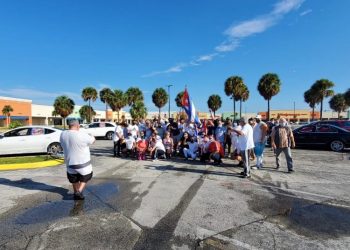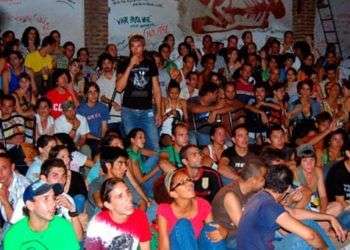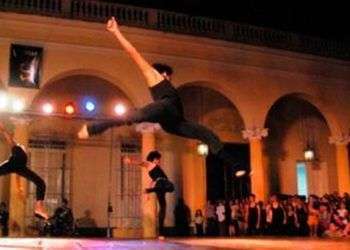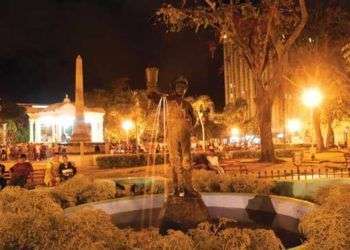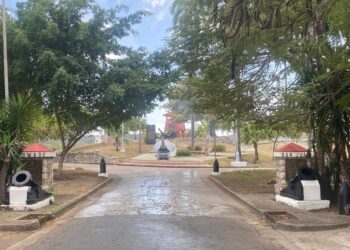A 90-minute political game
The first presidential debate lasted as long as a football game: 90 minutes. Neither more nor less, just enough time for the ball to pass from one part of the field to another. The venue was Case Western Reserve University in Cleveland, which hosted the meeting that pitted the contenders for the presidential seat of both parties. The moderator, this time, was Chris Wallace, host of Fox News Sunday. The event, broadcast on the largest television networks in the United States, was followed by millions of viewers throughout the country, who hoped to get from this first presidential debate, a possible winner to guide undecided voters. Something that doesn’t seem to have happened, when between yelling, interruptions, and offenses, neither of them could defend their agenda, as they were more focused on responding to personal accusations. The issues that moved opinions were the American health system, the economic crisis, the political record of both, the near future of the vacancy in the Supreme Court, the coronavirus pandemic, violence in cities and why they should vote for them. Oscar Blanco, who in recent years has devoted himself to studying the history of Cuba and the influences of capitalism in Latin America,...


